In addition to new energy popularization, BYD may soon usher in a new label: smart driving popularization.
Recently, the Ministry of Industry and Information Technology announced the last new car declaration catalogue this year, and BYD’s new cars are listed. In addition to the brand-new models such as Equation Leopard Titanium 3 and UAV version, many new models including new models, new models, Sea Lion 05, Sea Lion 07, and new Qin PLUS have attracted wide attention in the market.
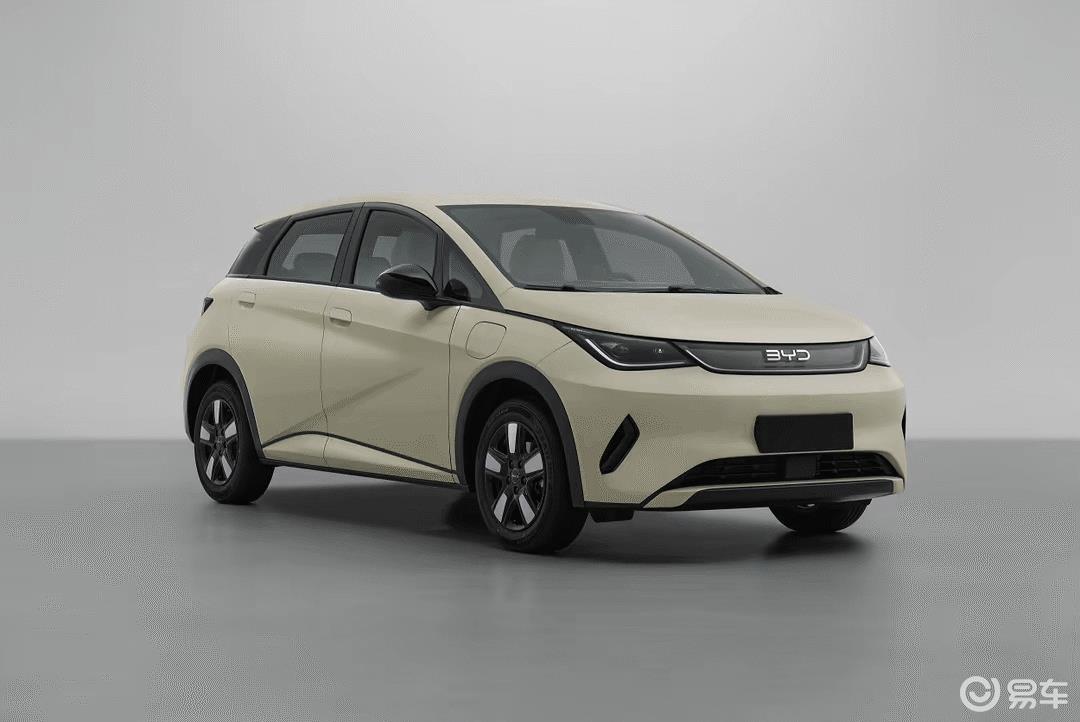
Judging from the application information of various new cars, BYD brand new cars such as the new Seagull, the new Dolphin and the new Qin PLUS will all provide "optional interior rearview mirror mounting base". This configuration actually means that these models will be equipped with a "three-eye visual hardware intelligent driving scheme", which can realize pure visual intelligent driving through multiple cameras in the whole car.
We also learned from relevant channels that the smart driving versions of new models, including 05, Dolphin and Sea Lion 07, are expected to be put on the market one after another in the first quarter of next year. According to the arrangement of Jielan Road, in addition to the series of products such as seagulls, dolphins, seals and sea lions modified by Ocean Net, Qin PLUS, Qin Plus and Han and Tang Family of Wang Chaowang will also be equipped with a three-eye visual hardware solution.
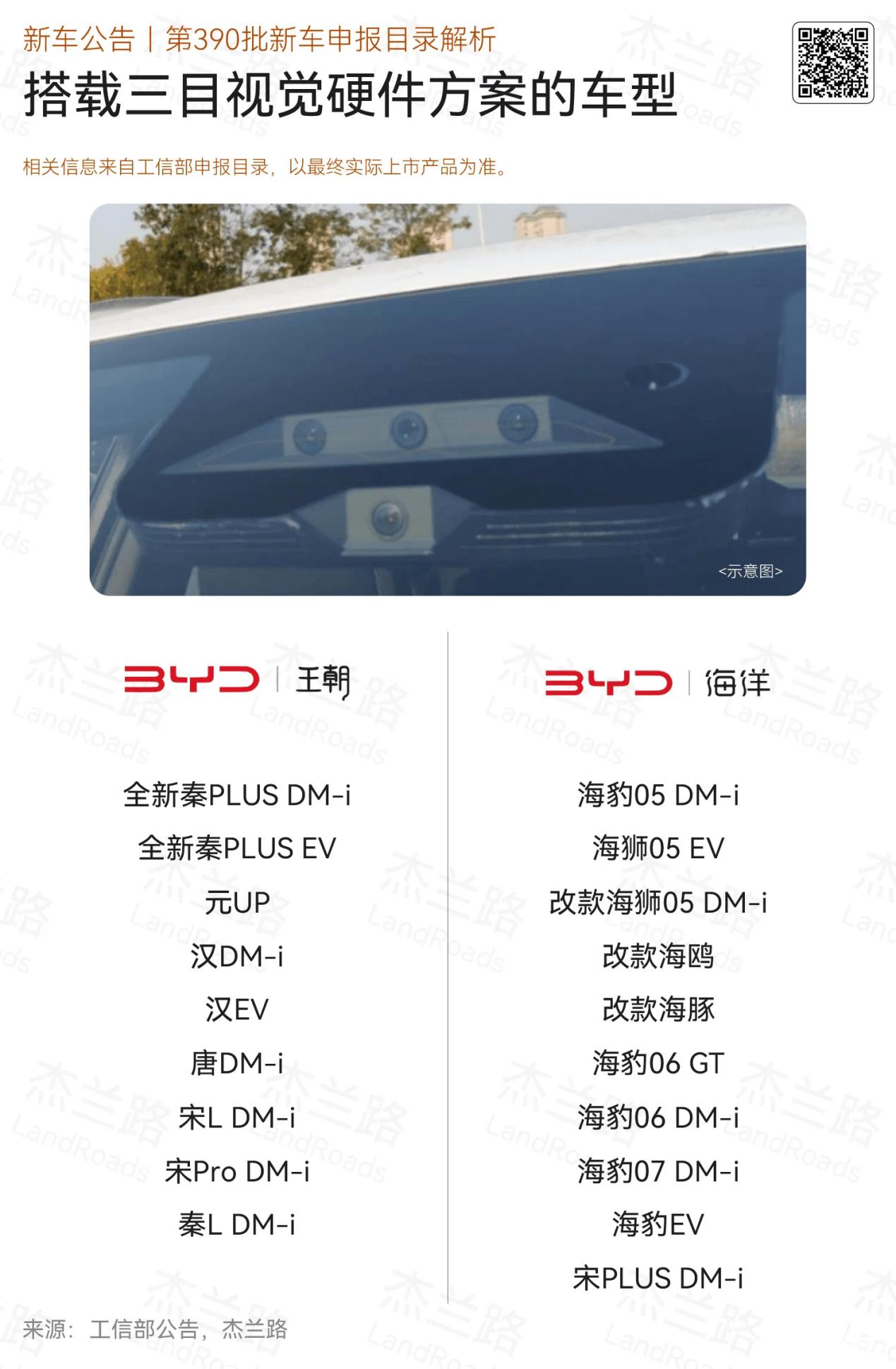
This means that after experiencing the strategy of "the same price of oil and electricity" and "electricity is lower than oil", the direction of the change of BYD brand hot models next year will mainly focus on smart driving. Starting from the first quarter of next year, BYD may change its lineup to promote the popularity of smart driving in the mainstream consumer market.
Previously, Zhang Zhuo, general manager of BYD Ocean Network, once said in an interview with the media that he hoped that BYD’s self-produced and self-sold intelligent driving system would be fully realized as standard in the models of about 150,000 yuan or even less in 2-3 years. Now it seems that 2025 is likely to be a crucial year for the large-scale popularization of BYD’s smart driving.
As BYD’s pure vision intelligent driving route scheme, the three-eye hardware vision scheme, as its name implies, covers different scenes through three cameras. Compared with monocular and binocular camera schemes, the three-eye hardware scheme has a wider field of vision and higher recognition accuracy.
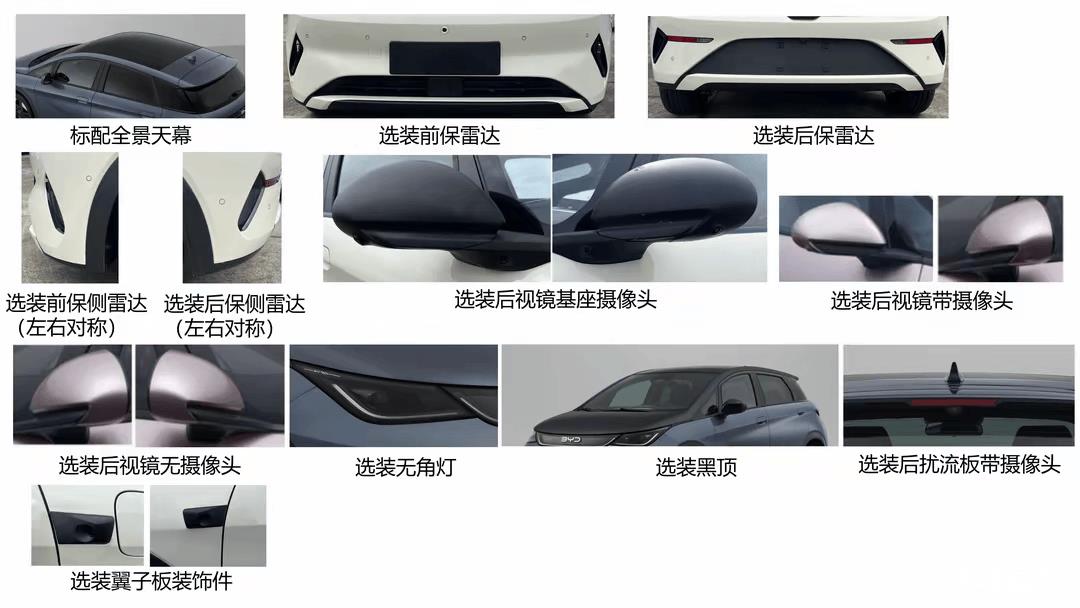
Most importantly, compared with the lidar scheme, the hardware cost of the pure vision scheme independent of lidar will be lower. Cost is often the most important premise before the popularization and promotion of science and technology.
In order to reduce costs and improve their comprehensive competitive advantages, the second brand Ledao, including Xpeng Motors and Weilai Automobile, has adopted the pure vision intelligent driving scheme. Among them, Tucki P7+ is the first vehicle in Xpeng Motors to adopt the AI Hawkeye vision scheme, and Tucki P7+ AI intelligent driving can be independent of high-precision maps and lidar, and can adapt to the whole vehicle system with a set of software.
According to the latest data, the delivery volume of Tucki P7+ has exceeded 10,000 units only four weeks after listing, and the production has been expanded three times in one month. Through Tucki P7+, Xpeng Motors has obviously fired the first shot of the pure vision scheme.
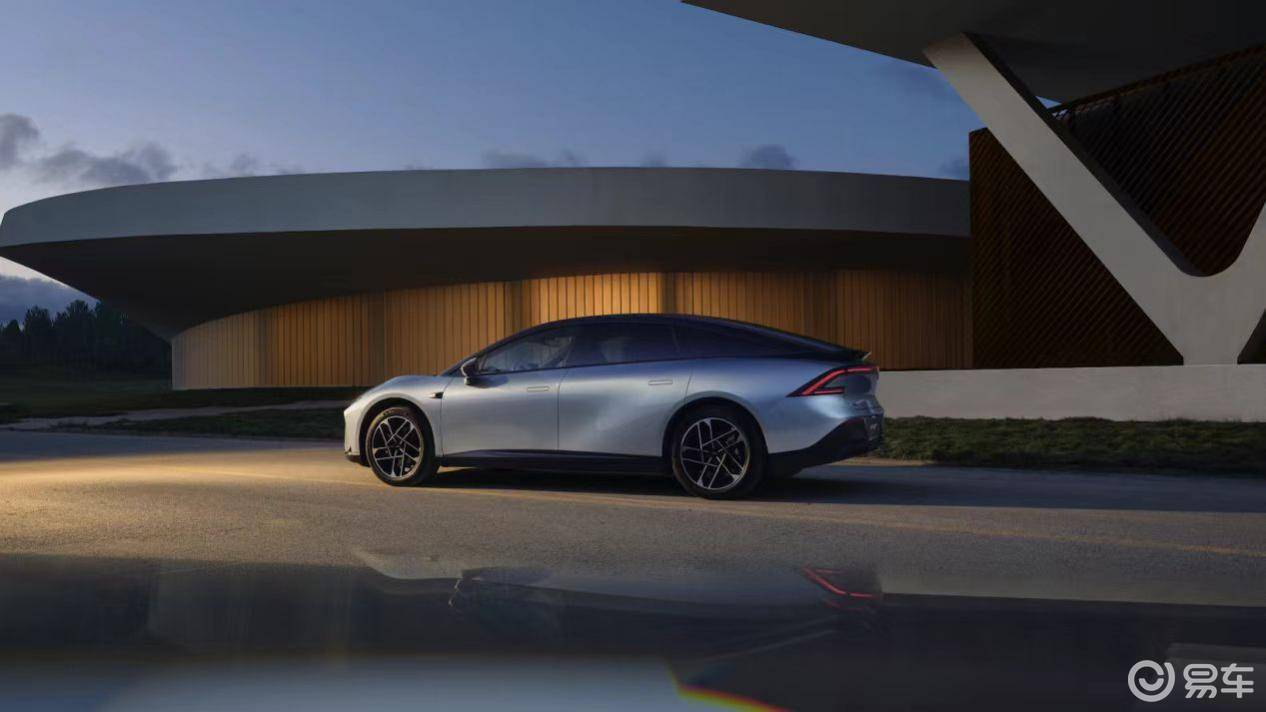
According to Xpeng Motors, Tucki P7+ and subsequent models will no longer distinguish Max and Pro versions, and all models will be equipped with AI intelligent driving as standard. In addition to Tucki, the second-generation AION V and AION RT, which were launched by Guangzhou Automobile Ai ‘an before, all supported high-speed and map-free city navigation assistance. Although the intelligent driving scheme was not purely visual, it was realized by laser radar, but the prices of the second-generation AION V and AION RT also reached the mainstream price range of 150,000.
There are many other examples like this. For example, those equipped with Huawei’s Gankun Intelligent Driving ADS SE version have also reached the level of 150,000. The Baas version starts at a price of 149,900 yuan, and comes standard with 30 sensing hardware, which can realize high-speed NOA and full-scene navigation assistance NOA. In order to improve the competitiveness of new cars, the official has also given the free use right of full-scene navigation assistance NOA for five years.
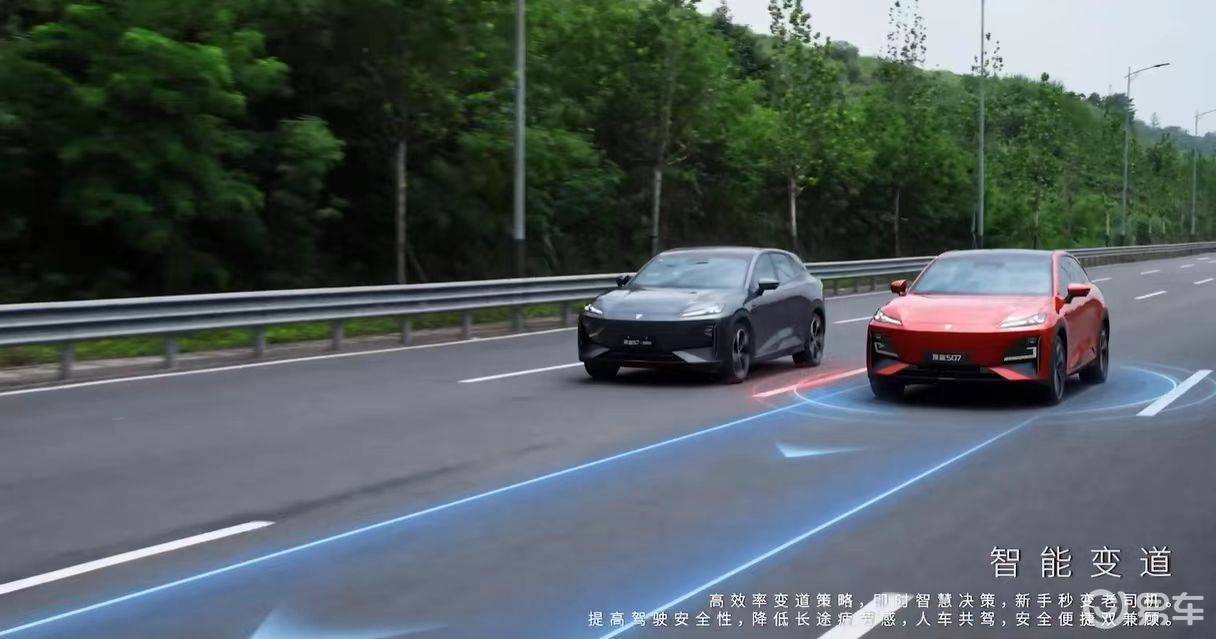
The most noteworthy thing is Tesla. At the Tesla conference in October this year, Tess’s driverless taxi can achieve full automatic driving. According to Musk, the cost of Cybercab vehicles will be less than $30,000. Although the large-scale commercial production of this technology still needs a certain period, it has also caused expectations and optimism for Tesla to promote self-driving models into the mainstream market.
It can be seen that both lidar and pure vision scheme are just a means. From the ultimate goal, promoting the popularization and equal rights of high-level intelligent driving experience and occupying the mainstream market has increasingly become the consensus of all head car companies around the next stage of intelligent driving competition.
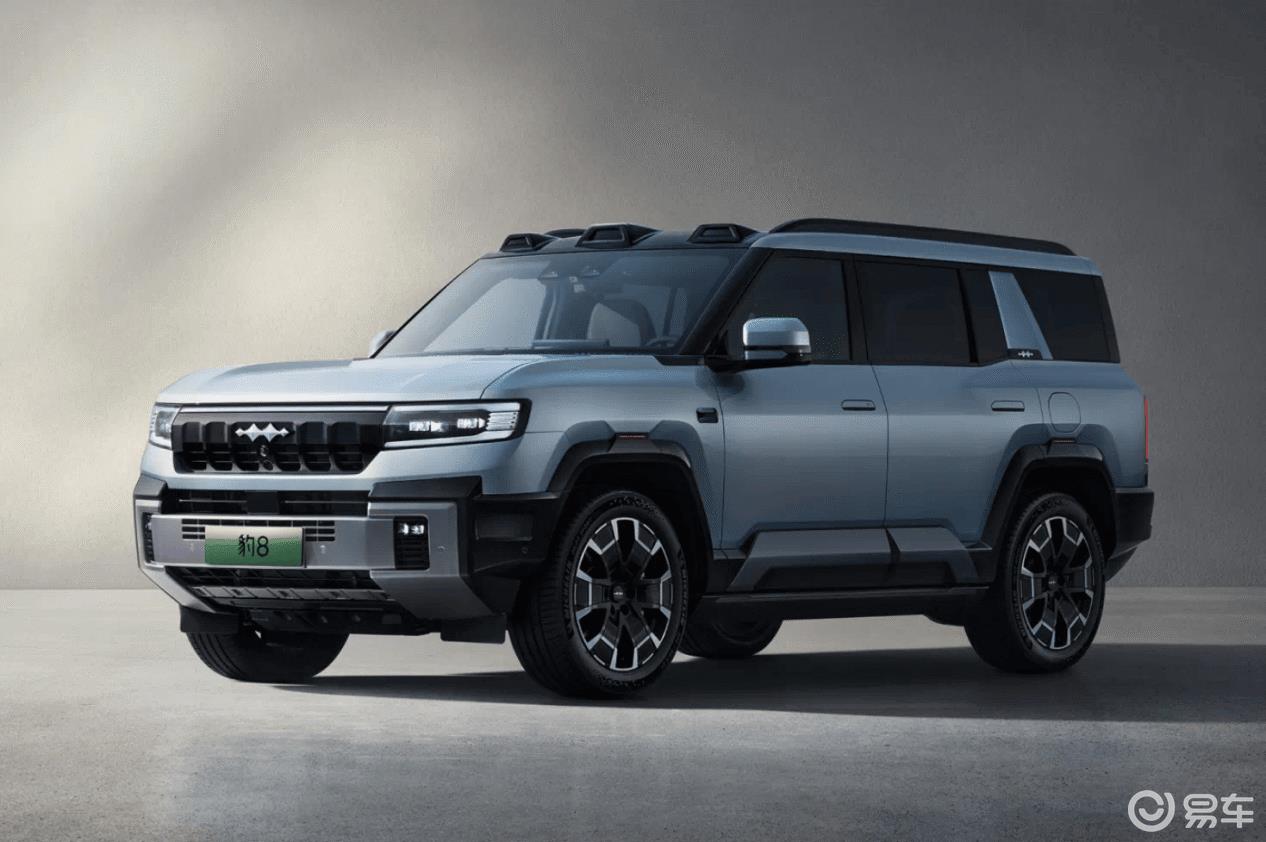
In this context, as a cliff-leading existence in the new energy market, BYD obviously needs to fill its shortcomings and improve its high-level intellectual driving competitiveness, so as to ensure its influence in the mainstream consumer market.
Since the beginning of this year, BYD has diversified its layout around the field of smart driving. For example, Equation Leopard has signed an in-depth strategic cooperation agreement with Huawei, and the first hard-core off-road SUV Equation Leopard equipped with Huawei’s Gankun Intelligent Driving ADS3.0 Intelligent Driving Scheme has come into the market, which can realize the whole scene from "parking space to parking space".
Besides the strategic cooperation with Huawei, before this year, BYD also had strategic cooperation with suppliers such as Horizon, Momenta, Baidu, NVIDIA and Bosch.
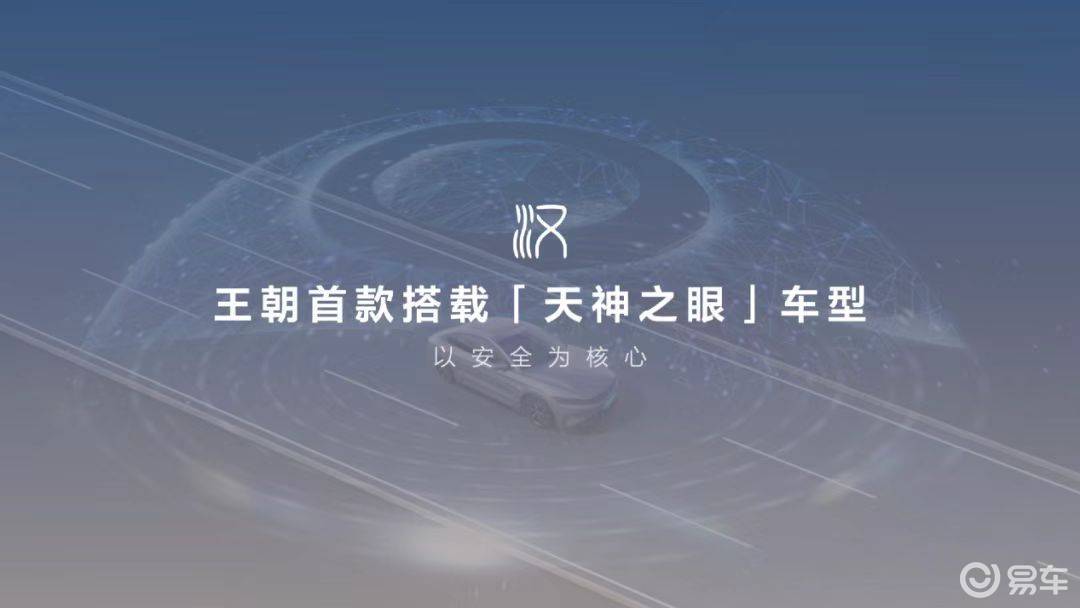
At the product level, since the beginning of this year, some mid-to-high-end and high-end models have also been equipped with BYD’s self-developed "Eye of God" intelligent driving scheme. Around self-research, BYD has set up two intelligent driving teams, Tianxuan and Sirius, in the middle of this year. The former is responsible for the high-order scheme, and the latter is oriented to the middle and low-order scheme.
In order to improve the efficiency of research and development, in October, the two teams completed the integration. This action of resource integration is also regarded by the outside world as a signal of BYD’s sprint and self-developed mass production. Although BYD’s smart driving performance is not excellent at this stage, it is believed that BYD will build a new moat in the new energy market on the basis of the bargaining power of supply chain brought by scale and the huge reputation of new energy in the first half, with BYD constantly strengthening its smart driving ability.